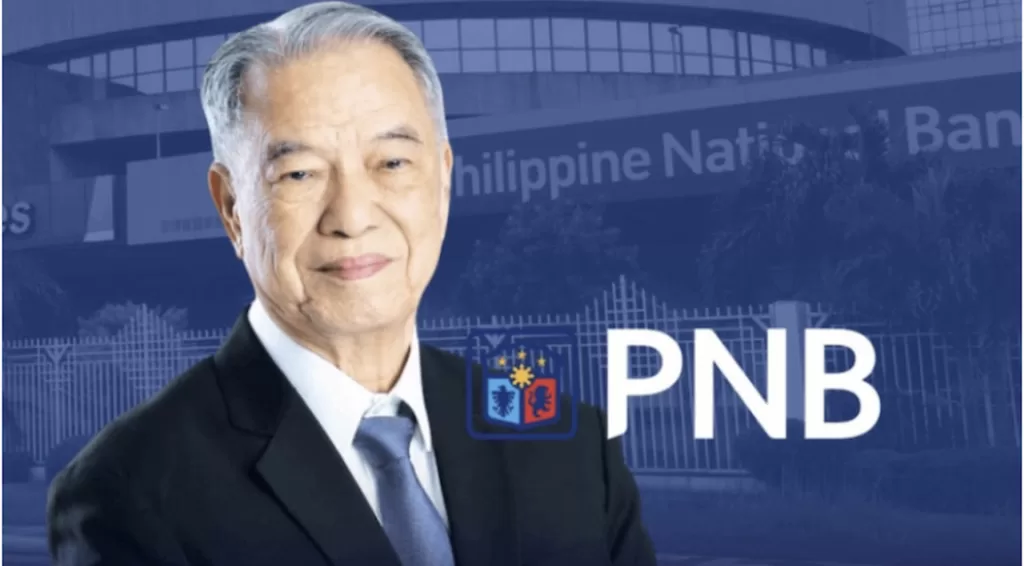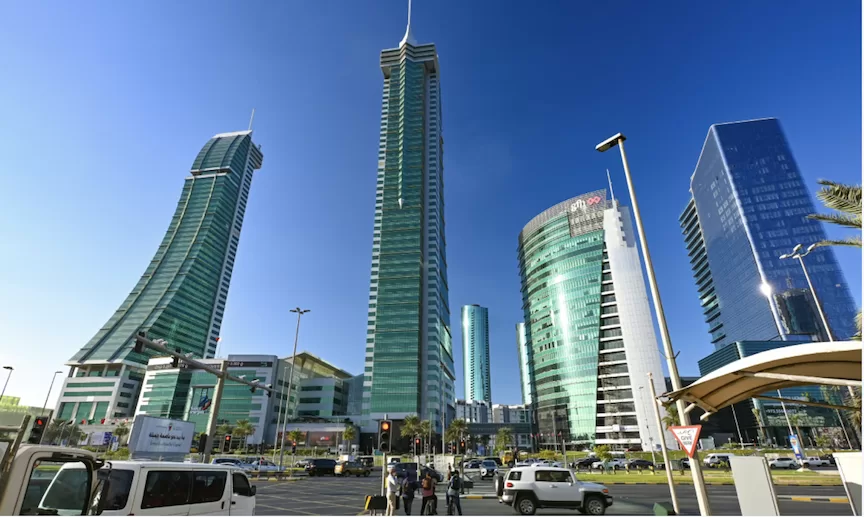by Edielyn Mangol, Reporter
The Philippine National Bank (PNB) is taking bold steps to reinvent itself as it restructures its organization, shuts down its Bahrain representative office, and dissolves two of its business units.
This move comes amid shifting market conditions, rising competition in both local and international banking, and the growing influence of technology in financial services.

The restructuring signals a new phase for PNB — one that prioritizes operational efficiency, digital transformation, and strategic clarity. By streamlining its organizational setup, the bank aims to allocate resources toward growth opportunities while simplifying its overall structure.
The move also sends a clear message: PNB is ready to adapt to changing times and strengthen its position in an increasingly digital and competitive banking landscape.
Why PNB is restructuring

1) Reducing complexity and costs
Maintaining offshore representative offices requires significant resources — from compliance and staffing to overhead expenses.
For PNB, the Bahrain office served its purpose during a time when overseas presence was essential to tap the Filipino remittance market.
However, today’s environment is different. Technology has redefined how banks connect with clients abroad, with mobile apps and digital partnerships often replacing physical branches and offices.
Closing the Bahrain office allows PNB to eliminate redundancies and reduce costs associated with managing a global footprint. The bank is signaling a shift away from traditional overseas models in favor of partnerships, digital channels, and leaner strategies that reduce operational drag.
2) Refocusing on core strengths
In addition to shutting down the Bahrain unit, PNB is dissolving its consumer finance and enterprise services units. This may appear drastic, but it reflects a larger plan to centralize functions and strengthen the bank’s focus on its primary growth areas. By integrating these functions into existing leadership offices, PNB reduces silos and creates a more agile organizational structure.
Streamlining will also allow management to focus resources on emerging priorities such as data science, artificial intelligence (AI), and sustainability. These areas are not just buzzwords — they represent the future of banking in the Philippines and beyond.
The impact on stakeholders

1) Investors and shareholders
For investors, such as SM Prime which has purchased a three-hectare lot from PNB earlier this year for a commercial and shopping complex development in Quezon City, restructuring is often viewed as a cost-saving measure that can boost profitability in the long run.
PNB has already shown strong financial performance in recent quarters, and the restructuring is expected to further improve efficiency.
Investors may interpret this as a sign that the bank is serious about staying competitive and driving growth through sharper strategies.
However, the challenge lies in execution. Successfully closing units, reallocating resources, and maintaining profitability during a transition is no small feat. Investors will closely watch how quickly the bank can implement its new structure while sustaining momentum in its core businesses.
2) Employees and internal transitions
Restructuring inevitably affects people. Employees of the dissolved units may face reassignment, reskilling, or redundancy. For those in Bahrain, the closure of the office brings uncertainties about their next steps. How PNB manages these transitions will be critical — not only in retaining talent but also in ensuring that morale and productivity are not compromised.
The bank’s decision to absorb certain functions into the office of the Chief Financial Officer also creates new dynamics internally. Centralization can streamline processes, but it may also put pressure on leadership to manage a broader scope of responsibilities. Balancing efficiency with agility will be key.
3) Customers and overseas clients
For overseas Filipinos who previously relied on PNB’s Bahrain office, the closure could raise concerns about access and support. However, digital banking solutions, mobile applications, and remittance partnerships now provide more convenient alternatives. If PNB strengthens these digital channels, it can ensure that its overseas customers continue to be served without disruption.
On the domestic front, customers may not feel the immediate effects of the restructuring. But over time, they could benefit from improved services powered by data and technology—whether through faster processing, more personalized offers, or better financial products.
Broader implications for Philippine banking

1) A shift toward leaner structures
PNB’s move reflects a broader trend in Philippine banking: the shift toward leaner, tech-driven operations. Large, traditional banks are reassessing their structures and moving away from legacy practices that no longer add value. By dissolving units and centralizing functions, PNB is demonstrating that it is possible to operate with agility, even as a large institution.
This trend is significant for the industry as a whole. Smaller banks and even digital-first challengers have shown that agility is a competitive advantage. For established banks like PNB, adapting similar principles while leveraging their scale may be the best path forward.
2) Reconsidering overseas expansion
The closure of PNB’s Bahrain office may prompt other Philippine banks with foreign representative offices to reassess the viability of maintaining a physical presence abroad. With digital platforms and remittance partnerships becoming more effective, the cost-benefit of overseas branches is being questioned.
Banks may instead focus on forming alliances with global fintech companies, remittance centers, and mobile platforms to extend their reach at lower costs. This allows them to serve overseas Filipinos without the heavy overhead of maintaining international offices.
3) Driving innovation through technology
Perhaps the most significant implication of PNB’s restructuring is its emphasis on technology. By investing in data science and AI, the bank is preparing itself for the future of financial services. These tools can transform how banks manage risk, understand customers, and deliver products.
For example, AI can help predict customer needs, detect fraud in real time, and streamline back-office operations. Data-driven insights can inform product design and improve customer engagement. In a country where digital banking adoption is accelerating, these capabilities can provide a critical competitive edge.
The challenges ahead

1) Managing execution risks
While restructuring can create opportunities, it also comes with risks. Closing units and dissolving offices is a complex process that requires regulatory approval, careful planning, and effective communication. Delays or missteps could undermine confidence and disrupt operations.
2) Maintaining customer trust
For customers in Bahrain and other overseas markets, PNB must ensure continuity of service. Clear communication and seamless migration to digital platforms are essential to maintaining trust. If handled poorly, customers may seek alternatives from competitors.
3) Ensuring long-term sustainability
Finally, PNB must ensure that the restructuring is not just about cutting costs but about building a sustainable future. Investments in technology and innovation must be prioritized, and the bank must continue to adapt as the financial landscape evolves.
Reinventing the future

PNB’s decision to close its Bahrain office and dissolve two internal units marks a pivotal moment in its history. It is a bold step toward becoming a leaner, more focused, and more technologically capable bank. By prioritizing efficiency, realigning resources, and embracing innovation, PNB is positioning itself to compete in a rapidly changing industry.
This restructuring is not merely about cutting back — it is about moving forward. If executed effectively, it could set PNB on a path to sustainable growth and signal to the rest of the industry that reinvention is not just necessary, but inevitable.








